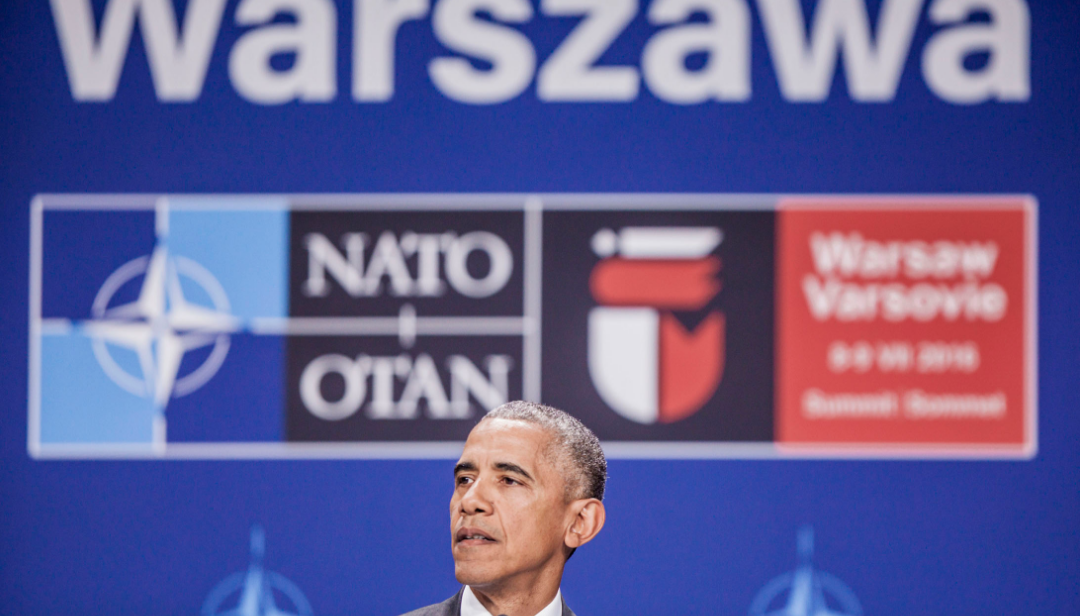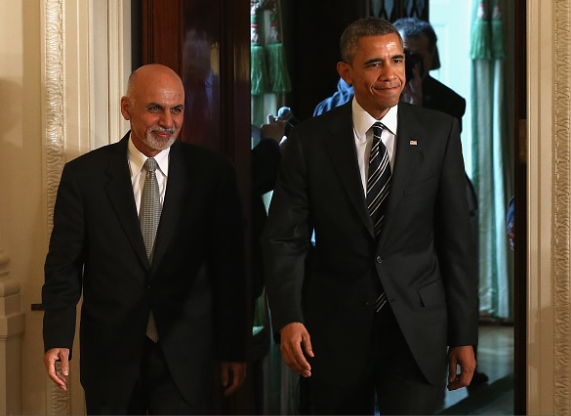
The recent NATO Summit in Warsaw, Poland, resulted in the 11-point Warsaw Summit Declaration on Afghanistan. The declaration came as a relief for Kabul-watchers, and the commitments pledged by NATO members, the Resolute Support Operational Partners, as well as the government of Afghanistan are indeed of significance and a need of the hour. While the commitments are welcome, only time will tell if they will be enough to secure sustainable peace and stability in Afghanistan.
The Afghanistan declaration touched upon a wide range of sectors in Afghanistan—the economy, governance, rule of law, and more—in which a severe rot has not just set in but also thrives. The declaration also clarified the NATO and U.S. positions on their respective roles and priorities during their presence in Afghanistan.
Among other things, the declaration reaffirmed, committed to, and clarified continued support (i.e., their financial and troop levels) towards sustaining the Afghan security forces till 2020, as well as their emphasis on promoting inclusion as well as to work towards improving efficiency in governance. For instance, NATO members and operational partners committed to “strengthen further the Afghan Security Institutions and forces, including particularly enhancing their leadership skills; and ensure they are fully capable of providing security for the Afghan people; operate under effective civilian control; respect human rights; and act in accordance with the Afghan constitution and the rule of law.” However, chances are that these commitments and efforts might not have a substantial impact on the overall situation, at least in the immediate future.
For starters, one does get the sense that among other reasons, the keenness on the part of the United States and other NATO members to renew their pledges vis-à-vis Afghanistan stems, at least for now, from each of their concerns regarding their own security and interests more than out of genuine concern for Afghanistan or her people. This motivating factor is not entirely unreasonable. That said, so long as this remains the primary driver of policy against terrorists inside Afghanistan, the agenda will continue to revolve around containing the spread of extremism; and relatively lesser priority will be given to entirely eliminating the roughly nine terrorist groups operating there.
We may see glimpses of the aforementioned trend at least until the next U.S. president has settled in office; and chances are, it might continue even after, because Washington appears to be seeking a long term—possibly even open-ended—presence in Afghanistan.
The United States likely seeks a long term presence in Afghanistan, a la South Korea, in order to have a long term military presence in South Asia. Pakistan’s role in the insurgency becomes prominent here. If such a long term military presence in Afghanistan is indeed what the United States seeks, it will require the establishment in Islamabad/Rawalpindi to be able to dictate terms to the Taliban as well as the other insurgent groups operating from Pakistani territory. However, at the moment, although Islamabad/Rawalpindi does exert some influence on the Taliban’s decision-making—particularly via the Sirajuddin Haqqani route—it is not in a position to dictate terms to the Afghan Taliban. (Could this explain the United States’ impatience, witnessed in the elimination of Mansour? Only time will tell.)
This situation would mean Washington will have to explore alternative options—possibly in other regional countries—for backup purposes. Perhaps that explains the break-up of the numbers of total U.S. troops deployed in Afghanistan, and the numbers pledged for NATO’s Resolute Support Mission (RSM) in Afghanistan. Prior to the Warsaw Summit, President Obama announced that the United States will retain “approximately 8,400” troops in Afghanistan, instead of 5,500. Of the “approximately 8,400” troops, roughly 2,150 are involved in counter-terrorism missions. Of the 6,700 troops pledged by the United States to the RSM, 3,000 will be designated as “advisers,” 3,300 as “enablers” (enabling both advising and counter-terrorism operations), and 400 will be retained “over the horizon” to be called “forward if necessary.” Interestingly, the aforementioned 400 troops will not fall within the “approximately 8,400” troop level cap, and yet, will count towards the 6,700 troops contributed to the RSM.
Irrespective of the levels of coercion and pressure the U.S. military might lay on the Afghan Taliban (or other groups), unless the Afghan Taliban views reconciliation as the only viable option or as the best available option, any effort towards peace talks will not be met with interest by the terrorists. Here, the Taliban’s sanctuaries inside Pakistan as well as their networks need attention. At present, the Afghan Taliban is financially secure, particularly due to their increased links with the Haqqani Network; and the latter’s extended role in the operations and strategies of the Afghan Taliban have only bolstered that perception. Problematically, Pakistan has been reluctant to target the Haqqani Network. Moreover, over the past few months, a relatively higher number of commanders from non-Pashtun ethnic groups have come to occupy higher ranks in the Afghan Taliban structure. This has helped the Taliban sustain its operations all over Afghanistan, and in the north in particular, generating a perception among the foot soldiers and the leadership that they are on a winning streak. This perception needs to be broken as a precondition to compelling the group to even consider negotiations.
Therefore, while the NATO’s commitments and pledges are indeed a constructive development, a healthy amount of skepticism regarding their impact on ground realities is warranted, at least for now.
Note: Views expressed in this article are the author’s own, and do not necessarily reflect those of the organizations to which she is affiliated.
***
Image 1: NurPhoto, Getty
Image 2: Mark Wilson-Getty Images News, Getty



